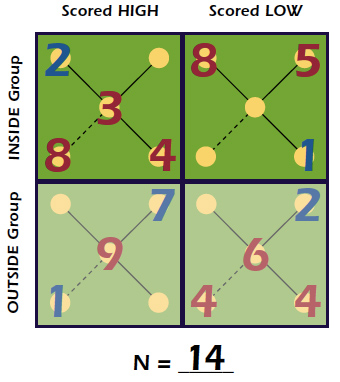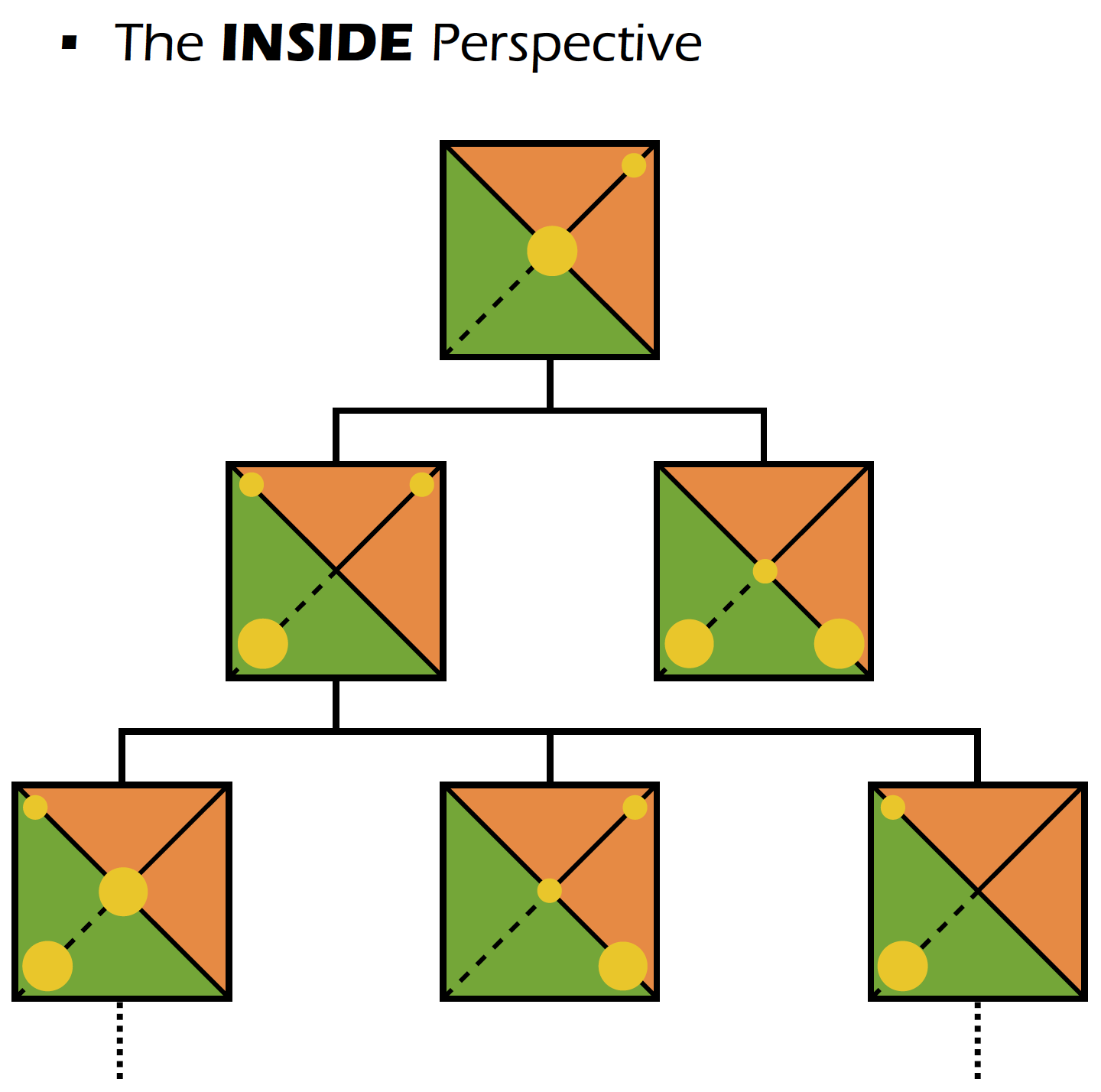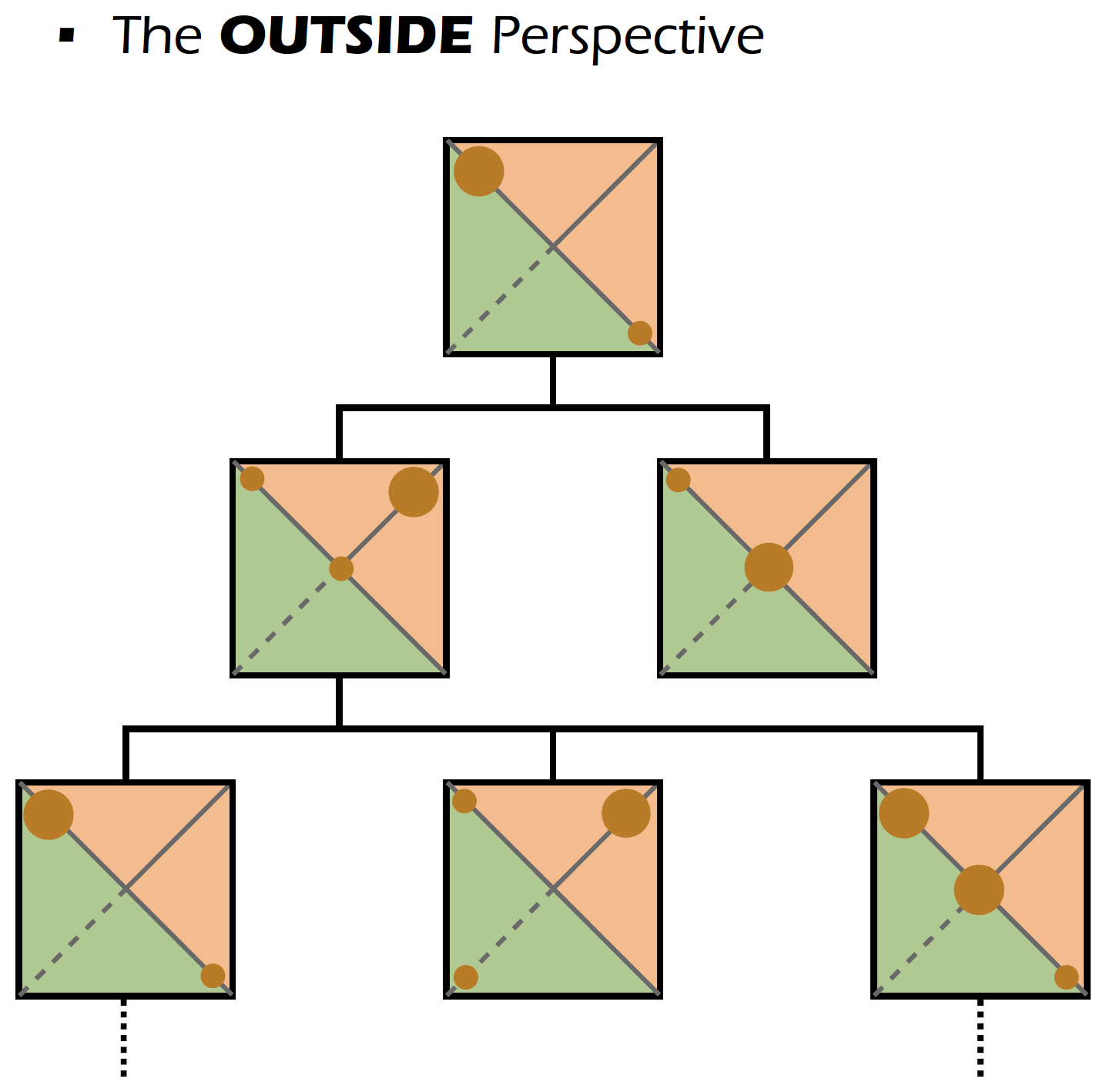05 Dec Using Group TKI Profiles for Improving Conflict Management in Organizations
Ralph H. Kilmann, co-author of the Thomas-Kilmann Instrument (TKI)
I’d like to share some of the work I’ve done with applying the TKI in groups in order to improve conflict-handling behavior and thus performance. This work adds some interesting dimensions to the TKI training that is typically done with individuals in a workshop session (not in their intact work groups), one-on-one coaching with clients, or mediation between two people.
I ask group members (including the immediate leader or boss) to fill out the TKI twice, each with MODIFIED instructions: (1) INSIDE your group, how do you usually respond when you find your wishes differing from those of another group member? (2) OUTSIDE your group (across all other settings in your life), how do you usually respond when you find your wishes differing from those of another person?

The results from these two TKI assessments can then be sorted into HIGH and LOW scores that show how conflict modes are being used both INSIDE and OUTSIDE the group. The high and lows scores are defined by either the U.S. norms or International norms (but since the two are so similar, I continue to rely on the U.S. norms unless new research shows that we need to make use of different country/culture profiles for determining which modes might be used “too much or too little”).

It is fascinating to see if there is a similar pattern of high and low scores across the INSIDE and OUTSIDE perspective. If there are strong SIMILARITIES, these results suggest that members are using conflict modes inside their group pretty much the same as how they are using them in most other settings. But if there are strong DIFFERENCES in the high and low scores across the inside and outside distinction, these results suggest that members are using the modes very differently. Usually, the latter is the consequence of corporate culture, group culture, the reward system, their leader’s behavior, AND the unique requirements for successfully resolving conflicts and addressing problems in THAT particular group setting.
By knowing the conflict management differences between the inside and outside perspective, we can then examine (A) whether the high or low usage of conflict modes inside the group is actually what is needed for group and organizational success or (B) if conflict-handling behavior is being challenged by the dysfunctional aspects of the group and the organization’s systems.
Perhaps the most striking result (which is actually quite typical) is when we discover that HIGH conflict mode scores INSIDE the group are avoiding or accommodating or both…and yet the group is facing very complex problems and conflicts that require the more assertive modes, such as compromising, let alone collaborating) in order to satisfy the important needs of both internal and external stakeholders. As I have written about previously, many organizations (especially those that are old, large, and bureaucratic) have high avoiding cultures, which significantly get in the way of addressing complex and important problems. But knowing that members have a different TKI Profile of HIGH scores OUTSIDE their group suggests that these members are certainly capable of using those other conflict modes quite well…it’s just that the culture, reward system, and leader’s behavior might be “forcing” group behavior to frequent avoiding and accommodating (just to remain safe, secure, and thus employed).


In the end, the various combinations of HIGH and LOW mode scores across the INSIDE and OUTSIDE perspective provide many clear action recommendations: whether to endorse or to transform the organization’s systems as well as to develop people, including the leader, to become more aware of their conflict-handling choices and then use all five modes effectively.
Kilmann Diagnostics offers a series of eleven recorded online courses and nine assessment tools on the four timeless topics: conflict management, change management, consciousness, and transformation. By taking these courses and passing the Final Exams, you can earn your Certification in Conflict and Change Management with the Thomas-Kilmann Instrument (TKI). For the most up-to-date and comprehensive discussion of Dr. Kilmann’s theories and methods, see his 2021 Legacy Book: Creating a Quantum Organization: The Whys & Hows of Implementing Eight Tracks for Long-term success.





